By Bob Hicks
Mr. Scatter spent a good share of his weekend with the sons and daughters of Terpsichore, watching and thinking as they sliced through space.
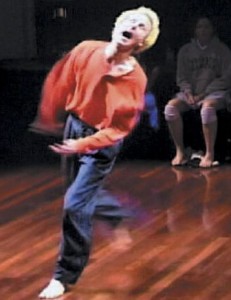 The performances he took in were 4 Men Only at Conduit and Troika Ranch’s Enter Comma Prepare at Reed College’s Kaul Auditorium. He then posted his thoughts on Oregon Arts Watch, in an essay titled Dance weekend: 4 men and a chancy machine.
The performances he took in were 4 Men Only at Conduit and Troika Ranch’s Enter Comma Prepare at Reed College’s Kaul Auditorium. He then posted his thoughts on Oregon Arts Watch, in an essay titled Dance weekend: 4 men and a chancy machine.
An excerpt about Bob Eisen’s For Lulu, part of 4 Men Only:
His distinctive appearance helps him pull the thing off. Eisen is long and whooping-crane lean, with a prodigious wingspan, and he wears his 65 years with an easy economy of motion and head-banging intensity of effect. Dressed in pajama tops and multi-pleated harem pants, he looks like Ichabod Crane in a white shock of Art Garfunkel hair.
An excerpt about Enter Comma Prepare:
Finally audience and performers alike moved into the larger auditorium, where chairs were clustered cleverly in several small islands so the dancers could flow around them like electrons coursing through a mother board. And so they did, to a drone of computer-generated instructions intoned over loudspeakers in a metallic voice like Hal 9000’s in 2001: A Space Odyssey. “Jonathan. Southwest,” it would say, or “Nancy. North,” and off the performer would go. At one point I had a fleeting image of Cary Grant ducking into a cornfield while a homicidal pilot chased after him from above, shouting “North by northwest!”
Photo: Bob Eisen, one of “4 Men Only.”

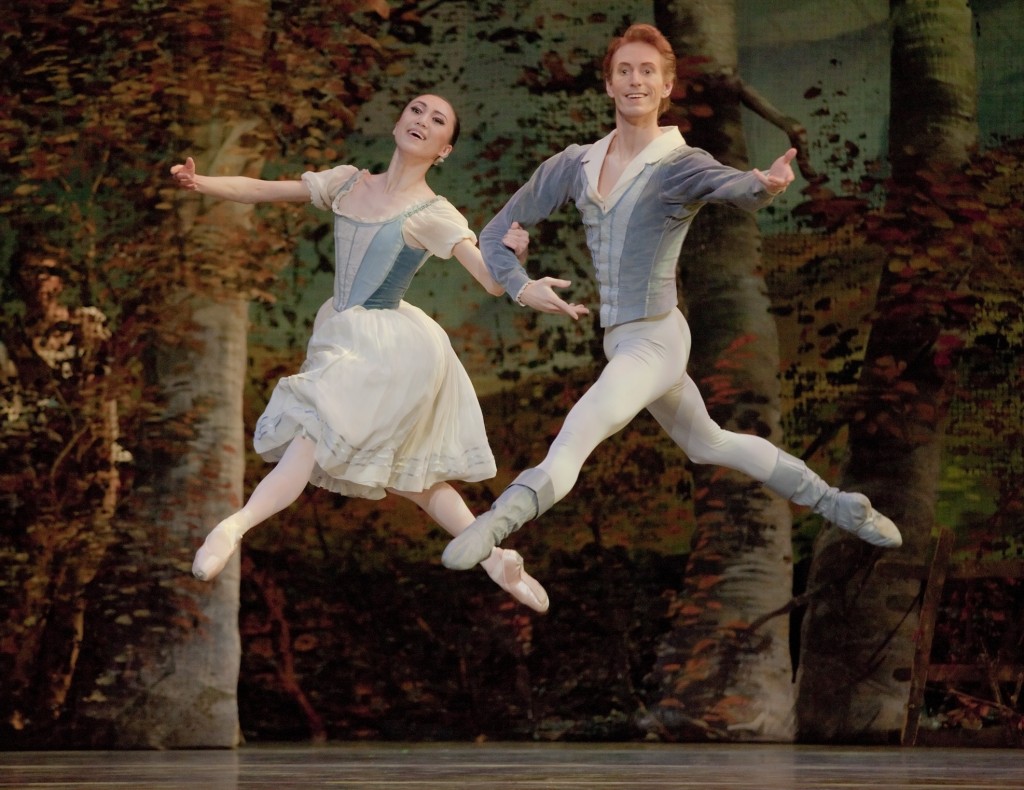
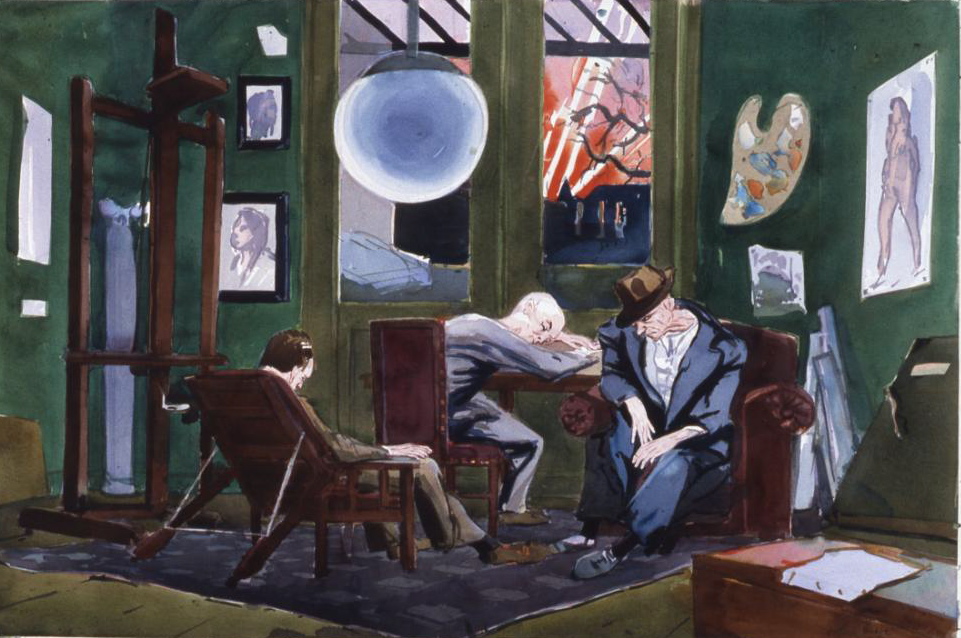
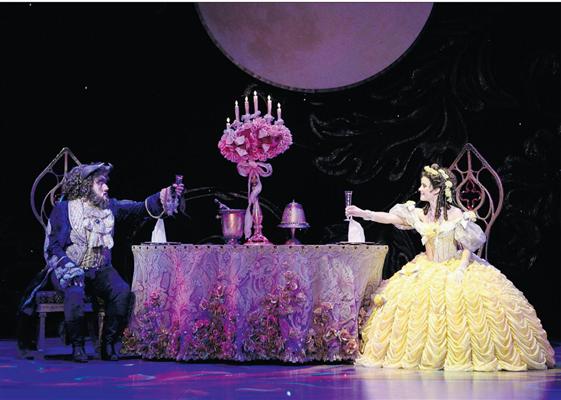
 I’ve posted
I’ve posted 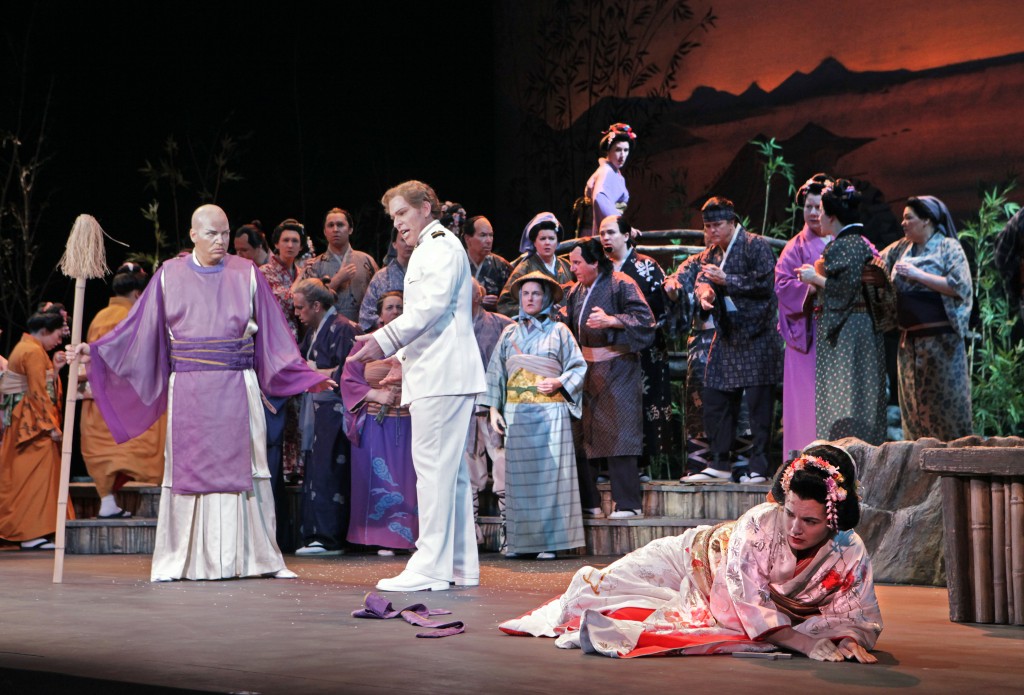
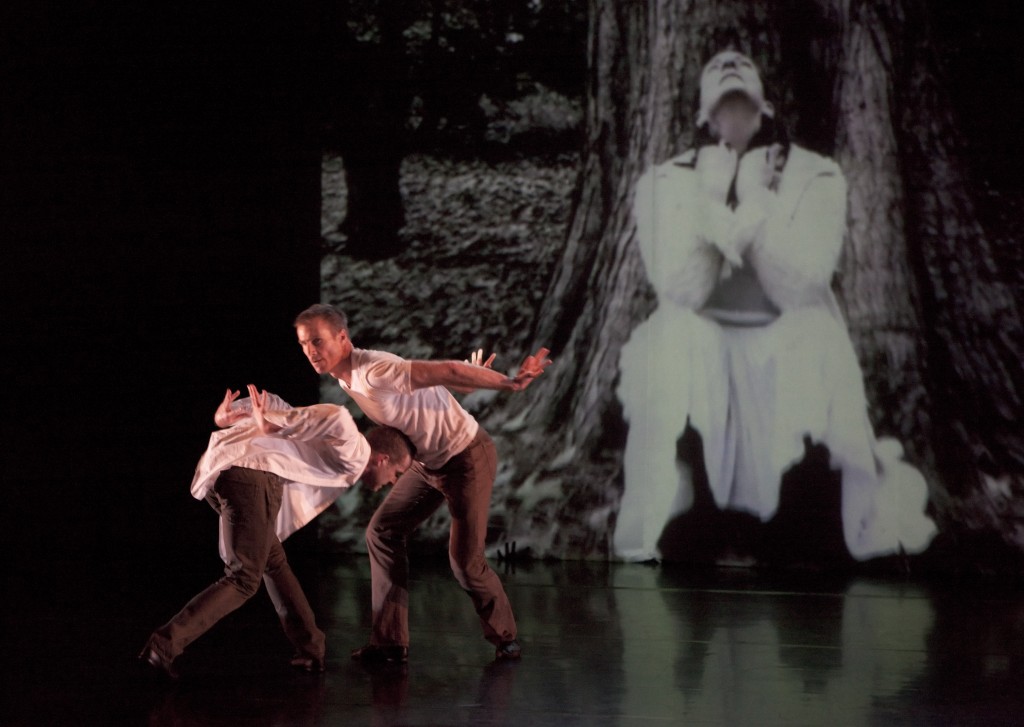
 While that’s led to a somewhat more relaxed sense of structure (oh, my goodness: is it midnight already?), the basics have been covered: boys showered, sheets washed, fruit or vegetables shoved down reluctant teenager’s plant-averse throat, same reluctant teen’s homework swiped at (eek! it’s finals week!).
While that’s led to a somewhat more relaxed sense of structure (oh, my goodness: is it midnight already?), the basics have been covered: boys showered, sheets washed, fruit or vegetables shoved down reluctant teenager’s plant-averse throat, same reluctant teen’s homework swiped at (eek! it’s finals week!). Japan has officially recognized the Gregorian-calendar dating system since 1873, which makes the official Japanese new year January 1. But traditionally the nation’s new year has followed the Chinese lunar calendar, and a sturdy tradition can outwit official proclamation for a good long time.
Japan has officially recognized the Gregorian-calendar dating system since 1873, which makes the official Japanese new year January 1. But traditionally the nation’s new year has followed the Chinese lunar calendar, and a sturdy tradition can outwit official proclamation for a good long time.